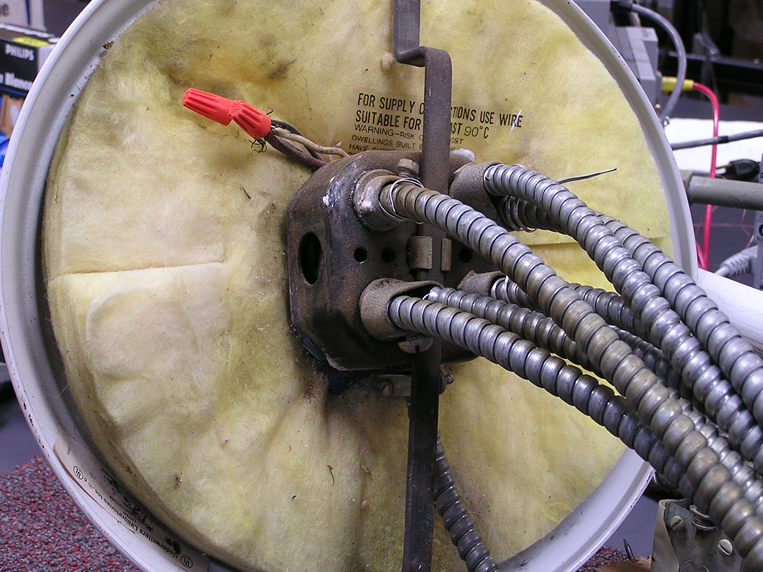jwelectric
Silver Member
I think you may have said that backwards. During the time period that temporary is being used the following would apply. Read the commentary after the last section of this section. 590.3 Time Constraints.gfretwell said:If 590 trumps all of the listing and labeling concerns most of your argument goes away.
(A) During the Period of Construction. Temporary electric power and lighting installations shall be permitted during the period of construction, remodeling, maintenance, repair, or demolition of buildings, structures, equipment, or similar activities.
(B) 90 Days. Temporary electric power and lighting installations shall be permitted for a period not to exceed 90 days for holiday decorative lighting and similar purposes.
Commentary- The 90-day time limit applies only to temporary electrical installations associated with holiday displays. Construction and emergency and test temporary wiring installations are not bound by this time limit.
© Emergencies and Tests. Temporary electric power and lighting installations shall be permitted during emergencies and for tests, experiments, and developmental work.
(D) Removal. Temporary wiring shall be removed immediately upon completion of construction or purpose for which the wiring was installed.
Commentary- Because temporary wiring installations may not meet all of the requirements for a permanent installation due to the modifications permitted by Article 590, all temporary wiring not only must be disconnected but also removed from the building, structure, or other location of installation.

